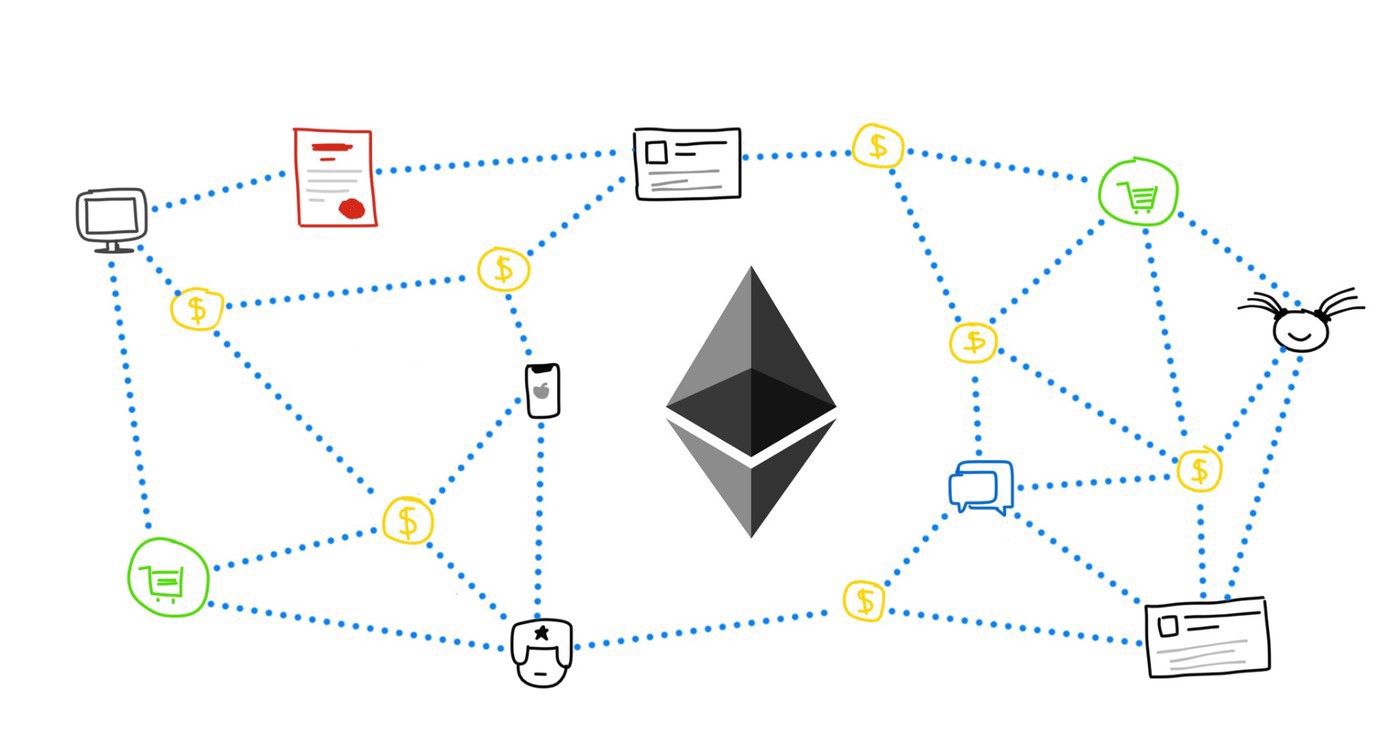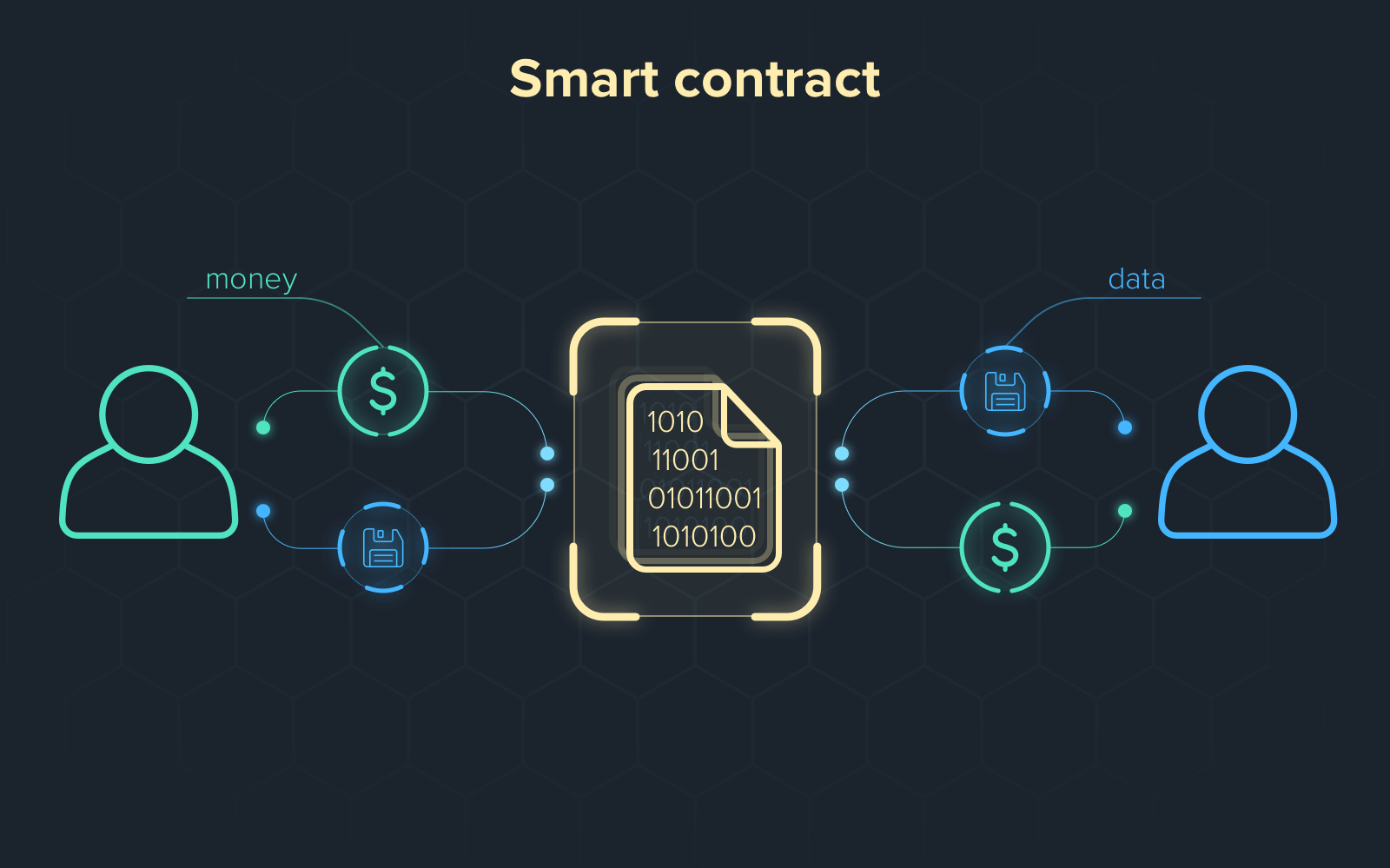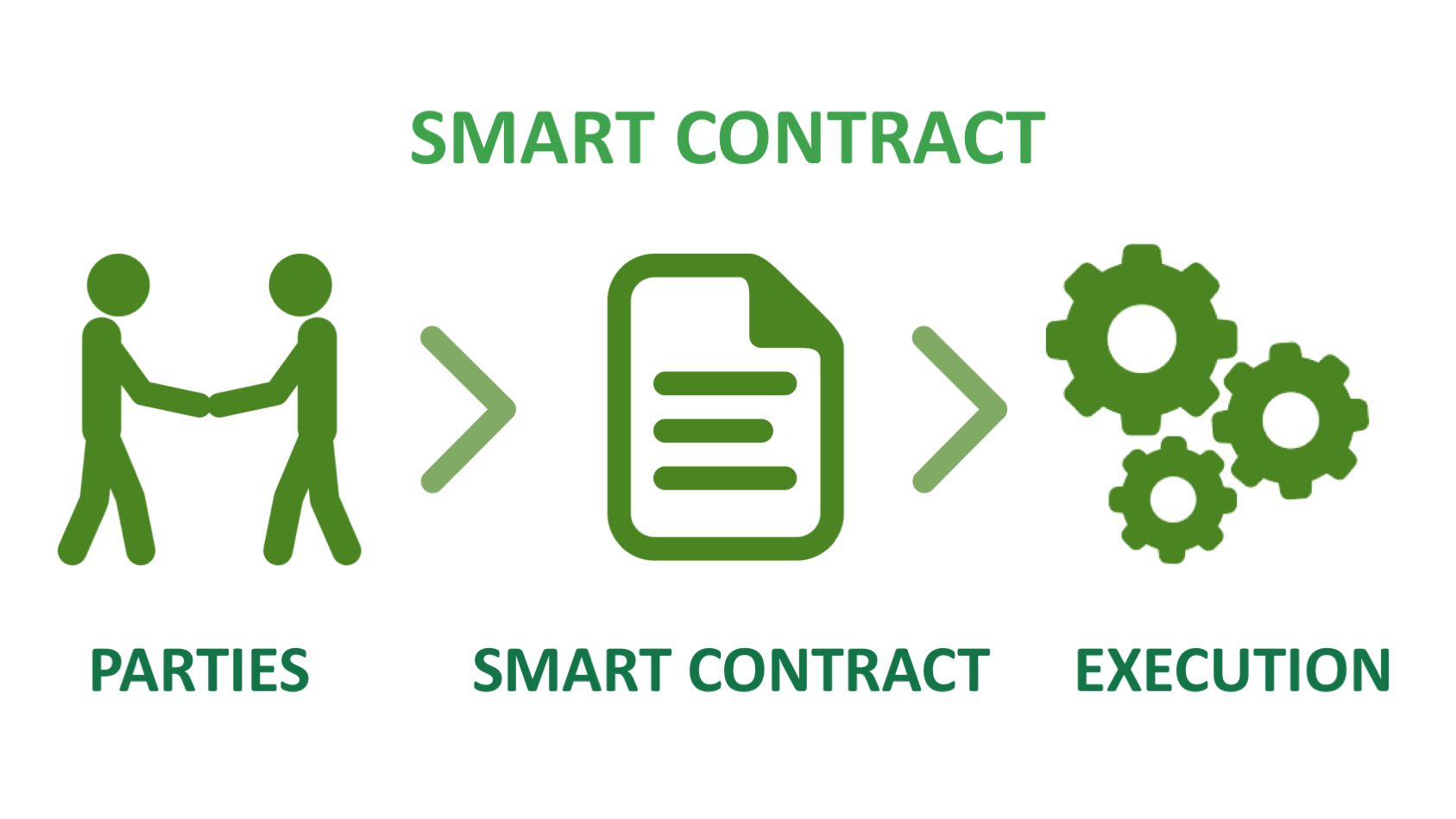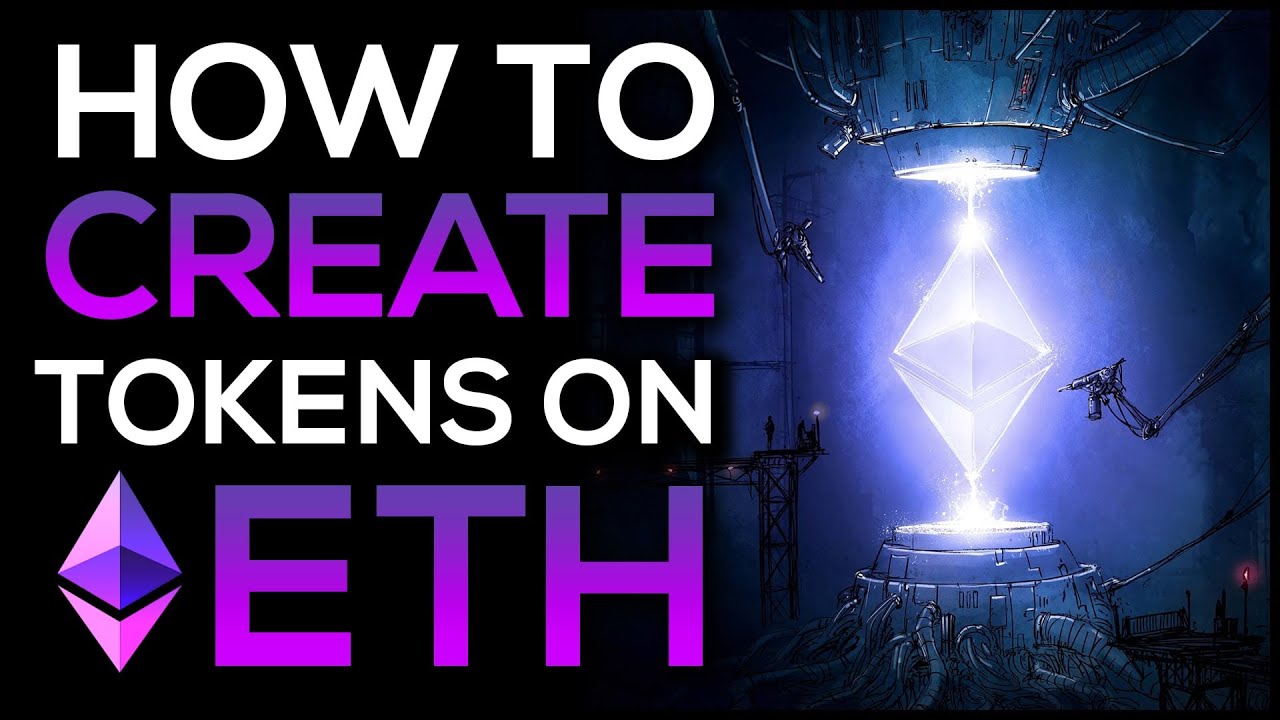The Early Days of Smart Contracts
Smart contracts, as we know them today, have their roots in the early days of computer programming and cryptography. The concept of a self-executing contract was first introduced by Nick Szabo in the 1990s, long before the blockchain technology came into existence.
Nick Szabo, a computer scientist and legal scholar, is widely recognized as the pioneer of smart contracts. He envisioned a decentralized system where two parties could engage in a transaction without the need for intermediaries. Szabo believed that this technology could revolutionize traditional contractual agreements by automating contract execution and eliminating the associated risks.
Although the idea of smart contracts was ahead of its time, it laid the foundation for the development of decentralized systems. However, it wasn’t until the release of Bitcoin that the concept gained significant attention. Bitcoin introduced the blockchain, a decentralized and immutable ledger, which allowed for the secure execution of transactions without the need for intermediaries.
Hal Finney, a renowned cryptographer, played a crucial role in the development of smart contracts. He worked closely with Szabo and made significant contributions to the concept. Finney understood the potential of smart contracts and believed that they could revolutionize various industries beyond finance.
Despite their pioneering efforts, smart contracts remained largely theoretical until the emergence of Ethereum in 2015. Ethereum, a blockchain-based platform, introduced the ability to create and execute smart contracts on a massive scale. This breakthrough marked a turning point in the evolution of smart contracts, bringing them to the mainstream.
Vitalik Buterin, a young and brilliant programmer, is the mastermind behind Ethereum. Buterin saw the limitations of the Bitcoin blockchain and envisioned a platform that could support complex smart contracts and decentralized applications (dApps).
With the launch of the Ethereum platform, developers gained the ability to create smart contracts using a Turing-complete programming language called Solidity. This allowed for the creation of sophisticated contracts with conditions, loops, and data storage capabilities.
Since then, numerous contributors, developers, and organizations have dedicated their efforts to improving smart contract technology. The Ethereum community, in particular, has grown exponentially, fostering innovation and pushing the boundaries of what is possible with smart contracts.
Smart contracts have the potential to transform industries such as finance, supply chain management, real estate, and more. They eliminate the need for middlemen, reduce costs, increase transparency, and enable automation. As the technology continues to evolve, we can expect to see even more exciting use cases and advancements in this space.
Nick Szabo: The Pioneer of Smart Contracts
Nick Szabo, a computer scientist and legal scholar, is widely regarded as the pioneer of smart contracts. His groundbreaking work in the 1990s laid the foundation for the concept of self-executing contracts, which would later evolve into the smart contracts we know today.
With a background in computer science and law, Szabo had a unique perspective on how technology could transform traditional legal agreements. He envisioned a system where contracts could be automatically executed without the need for intermediaries, such as lawyers or notaries, thus reducing costs, improving efficiency, and enhancing security.
It was Szabo who coined the term “smart contracts” to describe these self-executing agreements. He defined them as computer protocols that facilitate, verify, or enforce the negotiation or performance of a contract. These protocols would be programmed to automatically execute contractual terms once predefined conditions were met, eliminating the need for human intervention.
Szabo understood that the success of smart contracts hinged on the integration of cryptography and computer programming. By combining these disciplines, he envisioned a system that could ensure the integrity and security of contractual agreements, making them resistant to fraud, manipulation, and unauthorized access.
During the early days of smart contracts, Szabo experimented with various cryptographic techniques and explored use cases beyond traditional contractual agreements. He explored concepts like digital property rights, reputation systems, and DAOs (Decentralized Autonomous Organizations).
One of Szabo’s notable contributions to smart contract technology was his concept of oracles. He recognized that for smart contracts to interact with real-world data and events, a trusted source of external information was needed. Oracles serve as intermediaries between the blockchain and the external world, providing data and triggering contract execution based on predefined conditions.
Szabo’s pioneering work inspired future researchers, developers, and entrepreneurs to further explore the concept of smart contracts. His vision and technical insights laid the groundwork for the development of decentralized blockchain platforms, such as Ethereum, which brought smart contracts to the mainstream.
Today, Szabo’s contributions and ideas continue to impact the world of blockchain and smart contract technology. His forward-thinking approach and interdisciplinary expertise have paved the way for the advancement of secure, transparent, and efficient systems that have the potential to revolutionize various industries.
Hal Finney: The Unsung Hero
When discussing the development and evolution of smart contracts, it is impossible to overlook the contributions of Hal Finney, a cryptographer and programmer who played a significant role in advancing this groundbreaking technology.
Finney’s involvement in the world of cryptography and decentralized systems began long before the concept of smart contracts gained mainstream recognition. He was an early supporter and participant in the cypherpunk movement, a group of individuals advocating for the use of strong cryptography and privacy-enhancing technologies.
Working closely with Nick Szabo, another prominent figure in the smart contracts space, Finney recognized the transformative potential of this technology and was instrumental in exploring its applications beyond finance. He understood that smart contracts had the power to revolutionize various industries by streamlining processes, reducing costs, and eliminating middlemen.
One of Finney’s notable contributions to the development of smart contracts was his role in developing the concept of reusable proof-of-work (RPOW) tokens. RPOW tokens served as a precursor to the blockchain technology that underlies smart contracts. They allowed individuals to prove ownership of computational work, ensuring the authenticity and integrity of digital assets.
Finney’s expertise in cryptography and his understanding of the underlying principles of decentralized systems positioned him as a valuable resource and collaborator in the quest to advance smart contract technology. His contributions extended beyond theoretical discussions, as he actively engaged in implementing and testing the concepts alongside Szabo and other early adopters.
Furthermore, Finney made history by being the first person to receive a transaction on the Bitcoin network from its mysterious creator, Satoshi Nakamoto. His involvement with Bitcoin further solidified his position as a key figure in the early days of cryptocurrencies and blockchain technology.
Tragically, Finney battled with amyotrophic lateral sclerosis (ALS) towards the later years of his life, which limited his physical abilities. Despite the challenges, he continued to contribute to the development and promotion of cryptocurrencies and decentralized systems, cementing his legacy as a true unsung hero in the world of smart contracts.
The impact of Hal Finney’s work on smart contracts and decentralized systems cannot be overstated. His dedication, technical expertise, and ability to think beyond conventional boundaries have left an indelible mark on the industry. While he may not receive the recognition he deserves, his contributions continue to shape the direction and possibilities of smart contract technology today.
Ethereum: Taking Smart Contracts to the Mainstream
In 2015, the launch of Ethereum marked a turning point in the evolution of smart contracts, bringing them from theoretical concepts to practical applications. Ethereum, designed by the young and brilliant programmer Vitalik Buterin, introduced a platform that revolutionized the way smart contracts were created and executed.
Unlike Bitcoin, which primarily focused on peer-to-peer transactions, Ethereum was built with the goal of supporting complex smart contracts and decentralized applications (dApps). It introduced a Turing-complete programming language called Solidity, which enabled developers to create sophisticated contracts with conditions, loops, and data storage capabilities.
Ethereum’s platform allowed for the development of Decentralized Autonomous Organizations (DAOs), which operate based on predefined rules and execute actions autonomously. This innovation opened up new possibilities for organizational structures, making it possible for crowdfunding projects, governance systems, and more to operate without a centralized authority.
The Ethereum Virtual Machine (EVM) is a key component of the Ethereum network. It serves as a runtime environment for smart contracts, allowing them to be executed on billions of connected devices worldwide. Through the EVM, Ethereum achieved scalability and interoperability, laying the foundation for a robust ecosystem of dApps.
Ethereum’s success in bringing smart contracts to the mainstream can be attributed to its vibrant community of developers and entrepreneurs. The Ethereum community is composed of individuals and organizations that are passionate about building decentralized applications and exploring the potential of smart contracts in various industries.
One of the factors that contributed to Ethereum’s popularity was its ability to support Initial Coin Offerings (ICOs). ICOs allowed projects to raise funds by issuing tokens on the Ethereum platform. This crowdfunding mechanism provided a new way for startups and innovators to finance their projects, leading to a surge in interest and investment in the Ethereum ecosystem.
Furthermore, Ethereum’s smart contract capabilities have spurred the development of decentralized finance (DeFi) applications. These applications enable individuals to engage in financial activities without relying on intermediaries like banks. From lending and borrowing platforms to decentralized exchanges, the DeFi ecosystem on Ethereum has grown exponentially, proving the practical utility of smart contracts.
The success of Ethereum has not only validated the potential of smart contracts but has also paved the way for further advancements in the space. Ethereum continues to evolve with upgrades such as Ethereum 2.0, which aims to address scalability issues and improve the overall efficiency of the network.
As Ethereum continues to be a driving force in the world of smart contracts, we can expect to see even more innovative applications and use cases emerge. The technology has the potential to transform industries such as finance, supply chain management, real estate, and more, reshaping the traditional way of doing business and ushering in a new era of decentralization and automation.
Vitalik Buterin: The Mastermind Behind Ethereum
If Ethereum is the pioneering platform that brought smart contracts to the mainstream, then Vitalik Buterin is the mastermind behind its creation. As a young and brilliant programmer, Buterin’s visionary ideas and technical expertise played a pivotal role in the development and success of Ethereum.
Buterin’s journey began when he discovered Bitcoin, the world’s first decentralized cryptocurrency. Recognizing its limitations, he envisioned a more versatile blockchain platform that could support smart contracts and decentralized applications (dApps). This vision led to the creation of Ethereum.
Buterin’s contributions to Ethereum are far-reaching. Not only did he design the architecture and programming language for the platform, but he also played a critical role in formulating the economics and governance model of Ethereum itself.
Through countless hours of research, collaboration, and coding, Buterin coalesced the ideas of his predecessors and expanded on them to bring Ethereum to life. He recognized the potential of a Turing-complete programming language, Solidity, which enabled the creation of complex and dynamic smart contracts.
One of the key innovations introduced by Buterin was the concept of the Ethereum Virtual Machine (EVM). The EVM provides a sandbox environment for executing smart contracts, ensuring their security and integrity. It has become the backbone of the Ethereum network, facilitating the execution of countless transactions and powering the growth of the ecosystem.
Buterin’s leadership and ability to communicate complex concepts have been instrumental in fostering the growth of the Ethereum community. His passion for decentralization and pushing the boundaries of what is possible has attracted thousands of developers, entrepreneurs, and enthusiasts to contribute to the Ethereum ecosystem.
Furthermore, Buterin’s commitment to open-source development has allowed for continuous improvement and innovation. The Ethereum community actively collaborates on research, development, and the implementation of upgrades, ensuring the platform remains at the forefront of the blockchain revolution.
Under Buterin’s guidance, Ethereum has become a platform for groundbreaking applications, ranging from decentralized finance (DeFi) and blockchain gaming to supply chain management and identity verification. It has led to the emergence of a vibrant ecosystem of dApps and projects, all made possible by the power of smart contracts.
Outside of Ethereum, Buterin has become a prominent figure in the blockchain and cryptocurrency industry. He is a sought-after speaker and has won numerous awards for his contributions to the field. Despite his success and recognition, Buterin remains humble and continues to strive for innovation and the betterment of decentralized technologies.
Vitalik Buterin’s genius and relentless pursuit of innovation have provided the world with a platform that has revolutionized the way we think about contracts and decentralized applications. His contributions to Ethereum have laid the foundation for a more equitable and decentralized future, and his impact will continue to shape the trajectory of blockchain technology for years to come.
Other Contributors in the Development of Smart Contracts
While Nick Szabo, Hal Finney, and Vitalik Buterin are often recognized as key figures in the development of smart contracts, they are not the only contributors to this groundbreaking technology. Various individuals and organizations have played important roles in advancing smart contracts and pushing the boundaries of what is possible. Here, we explore some of these significant contributors.
Gavin Wood: As one of the co-founders of Ethereum, Gavin Wood played a vital role in the initial development of the platform. He is credited with implementing the Ethereum Yellow Paper, a technical specification that outlines the principles and design of the Ethereum blockchain. Wood’s expertise in programming languages and cryptography has helped shape the smart contract capabilities of Ethereum.
Blockchain Platforms: Alongside Ethereum, other blockchain platforms have contributed to the evolution of smart contracts. For instance, platforms like Hyperledger Fabric, Corda, and EOS have introduced their own smart contract frameworks, each with its own set of features and advantages. These developments have contributed to the overall growth and adoption of smart contracts in various industries.
Smart Contract Auditing Firms: With the increasing complexity and potential risks associated with smart contracts, auditing firms specializing in smart contract security have emerged. Firms such as OpenZeppelin and Trail of Bits offer services to audit and ensure the integrity and security of smart contracts. Their contributions have been crucial in reducing vulnerabilities and enhancing the trustworthiness of smart contract implementations.
Research Institutions: Academic institutions and research organizations around the world have been instrumental in advancing smart contract technology. Through rigorous research and development, these institutions have contributed to the theoretical foundations and practical implementations of smart contracts. Their work in areas like formal verification, consensus mechanisms, and privacy-preserving smart contracts has significantly improved the overall security and functionality of smart contracts.
Community Contributions: The open-source nature of blockchain technology has enabled communities of developers to contribute to smart contract development. These individuals contribute through various means, such as participating in hackathons, writing code documentation, submitting bug reports, and proposing improvements. The collective effort and expertise of the community have played a crucial role in driving the innovation and adoption of smart contracts.
Legal and Regulatory Entities: As smart contracts have started to disrupt traditional legal frameworks, legal and regulatory entities have begun to explore and adapt to this new technology. Governments, regulatory bodies, and legal experts worldwide are shaping policies and regulations to address the legal implications and ensure the appropriate use of smart contracts. Their contributions are essential in establishing a clear legal framework that fosters innovation and protects the interests of all stakeholders.
Collectively, these contributors have significantly advanced the development and adoption of smart contracts. Their efforts continue to shape the landscape of blockchain technology, making smart contracts more secure, efficient, and accessible. As the technology evolves, we can expect further contributions from a diverse range of actors across industries and disciplines.

























